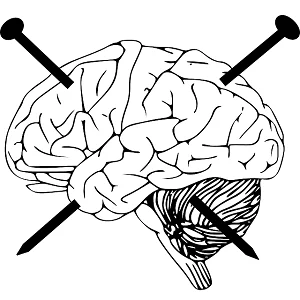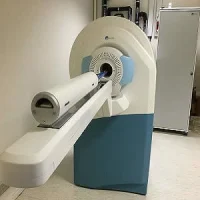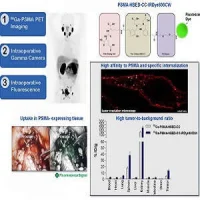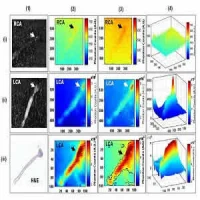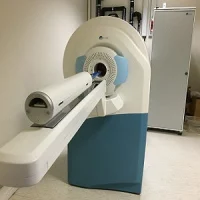According to a study published in the journal SLEEP by Kay and colleagues, specific brain regions show altered patterns of activity in patients with insomnia when compared to individuals without the condition.
There is a very large body of research devoted to exploring the psychological and behavioural processes of insomnia, which however very often lacks neurobiological specificity. A novel study carried out by researchers at the University of Pittsburgh School of Medicine provides evidence that the condition has strong neurobiological aspects and affects specific regions of the brain.
Researchers conducted positron emission tomography (PET) scans in 44 patients with primary insomnia (PI) and 40 good sleeper controls (GS) during morning wakefulness as well as non-REM sleep at night. Participants were injected with a solution of glucose molecules. The PET scans revealed that insomnia was characterized by higher activity in certain brain regions, which were more metabolically active and took up a higher amount of the radioactively tagged glucose. The researchers report that these variations can be attributed to impaired disengagement in brain regions associated with cognition, self-referential processes and affect during non-REM sleep, or alternatively, to decreased engagement of these regions during wakefulness.
Although it is not clear whether the aforementioned differences between PI patients and GS are the cause or the consequence of insomnia, the results of the current study suggest that sleep is not uniform across different regions of the brain, which refutes the oversimplified dominant view that the entire brain is ‘off’ during sleep and ‘on’ during wakefulness.
Brain dysfunction identified by the University of Pittsburgh researchers may be associated to symptoms reported by PI patients, namely mood, memory, rumination and self-awareness impairments. The findings of the study may contribute to the improvement of currently used treatments for insomnia such as transcranial magnetic stimulation. They also provide an insight into the effectiveness of alternative therapies such as mindfulness meditation.
Source: SLEEP





